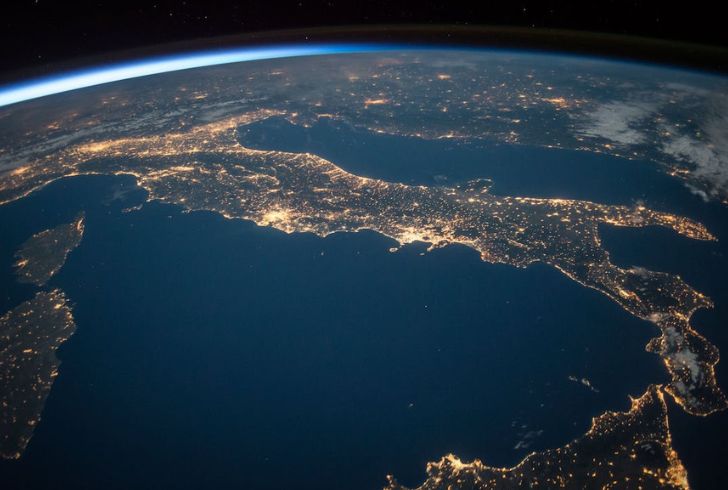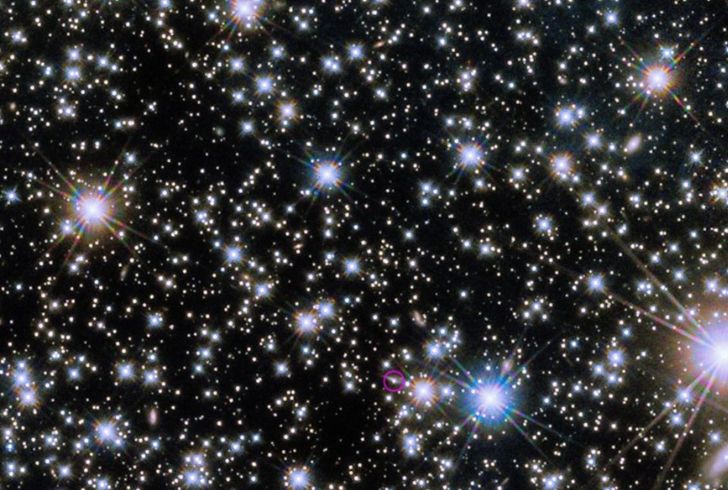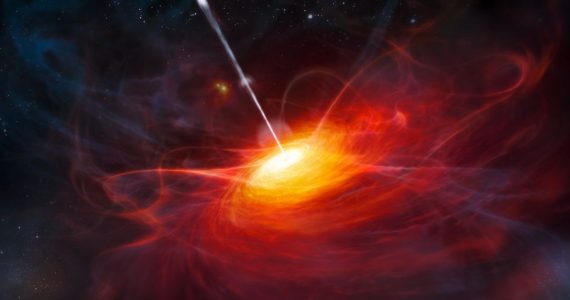In an extraordinary celestial event on October 9, 2022, Earth bore witness to a cosmic spectacle of unprecedented proportions. The gamma-ray burst (GRB) dubbed “BOAT” (Brightest of All Time), originating from a staggering distance of 1.9 billion light-years away, held Earth’s atmosphere captive for a remarkable 7 minutes.
This spectacular burst, 70 times brighter than its predecessor, not only presented an awe-inspiring light show across the electromagnetic spectrum but also left an indelible mark on our ionosphere.
A Cosmic Light Show Like Never Before
Solar physicist Laura Hayes from the European Space Agency (ESA) describes the event as a “massive event” that significantly influenced all atmospheric levels. The GRB, known as GRB 221009A, overwhelmed NASA’s Fermi Gamma-ray Space Telescope, saturating its detectors and creating an afterglow visible to amateur astronomers for hours.

This astonishing burst raised intriguing questions about the origins of GRBs. Despite their immense distance—shining as brightly as a star in the Milky Way—GRBs remain mysterious. The energy they unleash, comparable to the cumulative output of the Sun over 10 billion years, suggests they may arise from a specific type of supernova.
These explosive events occur when massive stars collapse into neutron stars or black holes, resulting in a release of energy on a cosmic scale.
Unveiling Earth’s Response: Ionization Across the Ionosphere
Hayes, intrigued by the event’s magnitude, turned to data from ESA’s Solar Orbiter spacecraft. X-rays from GRB 221009A were detected, prompting Hayes to investigate further using the SuperSID instrument at Ireland’s Dunsink Observatory.
This simple antenna, tuned to very low-frequency (VLF) radio signals, revealed a jump in signal strength during the burst, equivalent to the impact of a solar flare. Surprisingly, this observation occurred in broad daylight, overcoming the Sun’s activity.

- Noteworthy observation: The burst’s photons reached as low as 60 kilometers above the Earth’s surface, enhancing ionization and creating a more effective reflector.
Mirko Piersanti and colleagues, analyzing data from the China Seismo-Electromagnetic Satellite (CSES), discovered a spike in the electric field of the upper ionosphere during GRB 221009A’s impact. This unprecedented observation raised the stakes, revealing variations in the upper ionosphere not seen before.
Implications for Ozone Layer Vulnerability
While the cosmic display captivated astronomers, it also prompted contemplation about the potential impact of a closer GRB. Piersanti emphasizes the substantial risk, suggesting that a closer burst could devastate Earth’s protective ozone layer.
This layer, crucial in shielding life from the Sun’s harmful ultraviolet rays, could take up to a decade to recover from the destructive influence of nitrogen oxides generated by an intense gamma-ray burst.
- Critical insight: GRB 221009A is estimated to be a one-in-10,000-year event, making the occurrence of a closer one even rarer.
Astronomers and space scientists have long speculated about the consequences of a GRB erupting in a neighboring galaxy or within the Milky Way. Piersanti’s cautionary words highlight the potential severity: “It would destroy the ozone layer.” The aftermath would entail heightened ultraviolet levels for an extended period, causing considerable DNA damage to plants and animals.

Optimism and Caution: A Delicate Balance
Despite the rarity of such cosmic phenomena, Piersanti remains cautiously optimistic, acknowledging the physical possibility of a closer GRB. The cosmic event of October 9, 2022, serves as a vivid reminder of Earth’s vulnerability to celestial occurrences, urging scientists to delve deeper into understanding these enigmatic bursts and their potential implications for our planet’s delicate equilibrium.
In conclusion, the BOAT, with its unparalleled brilliance, not only illuminated the skies but also illuminated the scientific community to the intricate interplay between celestial events and Earth’s atmospheric dynamics.
As astronomers continue to unravel the mysteries of gamma-ray bursts, the echoes of GRB 221009A linger, reminding us of the delicate balance between the cosmic wonders that captivate us and the potential threats they may pose to our home planet.




